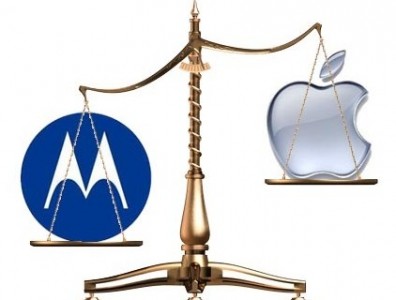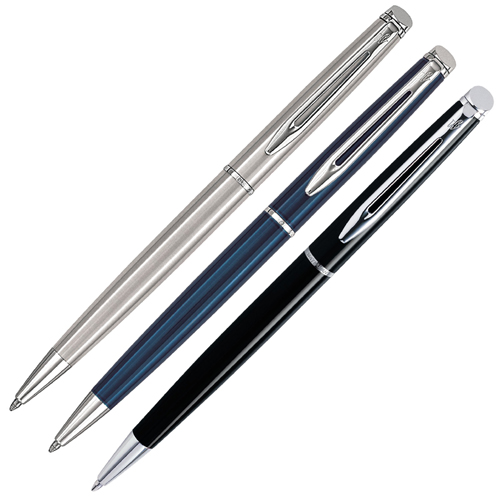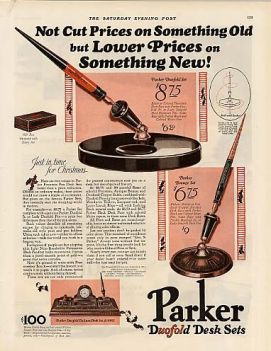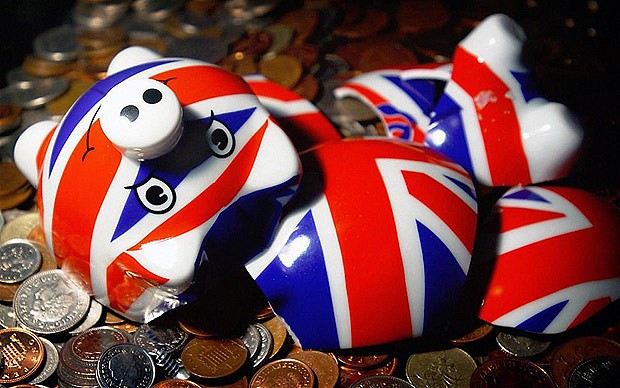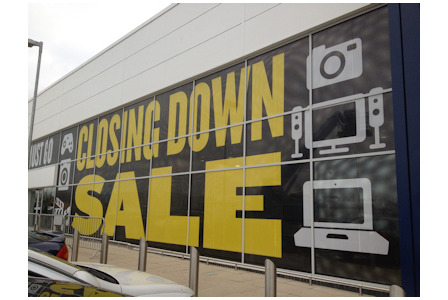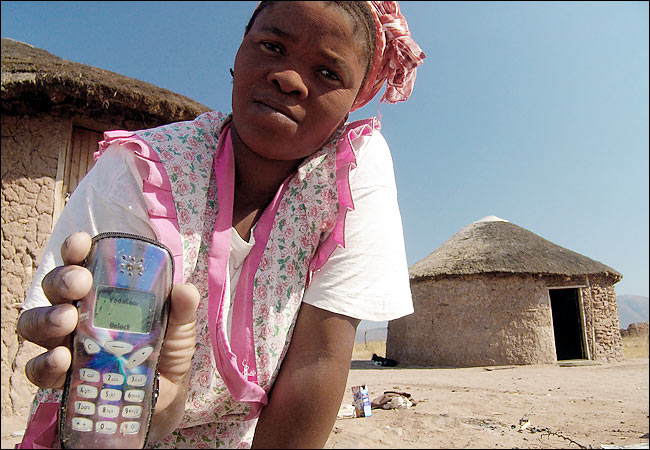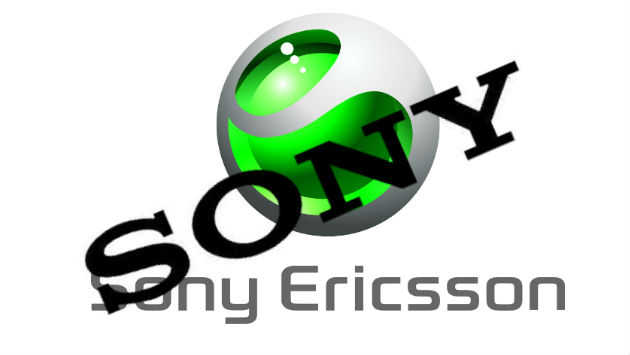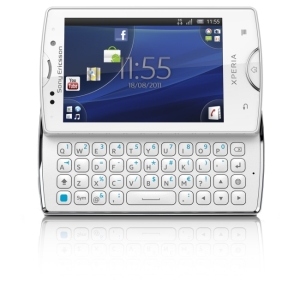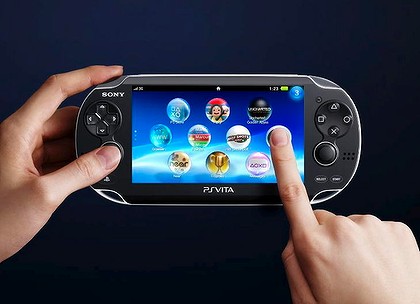 The first product worth mentioning is the PlayStation Vita, a portable gaming console launched by Sony. Main features of the Vita’s features include: touchscreen, similar to those in smartphones, touch-sensitive panels on the back to increase gaming control, front and rear camera, access to the internet, as well as social networking sites such as Twitter and Facebook. The most basic model of the device sells at £219 and Sony hopes it will appeal to the gamers that would like to enjoy their favourite games from bigger consoles on smaller portable devices.
The first product worth mentioning is the PlayStation Vita, a portable gaming console launched by Sony. Main features of the Vita’s features include: touchscreen, similar to those in smartphones, touch-sensitive panels on the back to increase gaming control, front and rear camera, access to the internet, as well as social networking sites such as Twitter and Facebook. The most basic model of the device sells at £219 and Sony hopes it will appeal to the gamers that would like to enjoy their favourite games from bigger consoles on smaller portable devices.The new model comes at the time of financial struggle for the Japanese company which has recently reported losses of $2bn due to flooding of some of its warehouses. Despite that Sony has already spent $50m on the promotional activity for its new device. It seems somewhat extensive for a gaming console which cannot be used to make calls, send messages, record videos and play songs. However, as the company CEO Jack Tretton explained that the Vita brings social gaming to a whole new level and was created mainly for true enthusiasts looking for a better gaming experience.
 Another creation that deserves the attention is iPad3 which will soon be launched by Apple, or that is what is expected. The company has sent out invitations to an event that will take place on 7th March in San Francisco however the purpose of the event has not been specified. The invitation read: ‘We have something you really have to see. And touch...’ Some shops, have already started discounting the iPad 2 model to make space for the new upgraded version and reports suggest that the new version of the iPad is already being shipped to the US. It was reported that Apple shares soared to $530 for the first time in the company's history after the invitations were issued.
Another creation that deserves the attention is iPad3 which will soon be launched by Apple, or that is what is expected. The company has sent out invitations to an event that will take place on 7th March in San Francisco however the purpose of the event has not been specified. The invitation read: ‘We have something you really have to see. And touch...’ Some shops, have already started discounting the iPad 2 model to make space for the new upgraded version and reports suggest that the new version of the iPad is already being shipped to the US. It was reported that Apple shares soared to $530 for the first time in the company's history after the invitations were issued.This launch is considered the most significant event since the death of Apple co-founder Steve Jobs last year. It is claimed that the new model will have a quad-core processor, 4G and Long Term Evolution technology. A Retina Display is also widely hoped for, however the same expectations were set for iPad2. Judging by the success of Apple’s previous launches: the first iPad, that sold three million in 80 days after its release in 2010 and almost 15 million that year, as well as iPad2, which was bought by one million people in 28 days after launching, iPad3 can count on widespread interest.
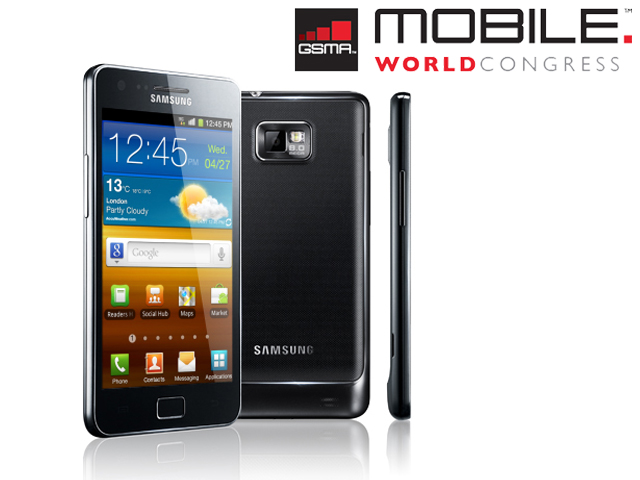 In other news Samsung received two out of four most significant GSMA awards at Mobile World Congress. Samsung was announced the Device Manufacturer of the Year and its Galaxy S II was crowned the Best Smartphone, defeating Apple’s iPhone4 which was granted the award last year. Samsung was praised for ‘outperforming rivals in a tough market’ and its overall progress. The company seems to have dominated the smartphone market as its Galaxy S III, to be launched later this year, is supposed to raise the bar for Android devices.
In other news Samsung received two out of four most significant GSMA awards at Mobile World Congress. Samsung was announced the Device Manufacturer of the Year and its Galaxy S II was crowned the Best Smartphone, defeating Apple’s iPhone4 which was granted the award last year. Samsung was praised for ‘outperforming rivals in a tough market’ and its overall progress. The company seems to have dominated the smartphone market as its Galaxy S III, to be launched later this year, is supposed to raise the bar for Android devices.Apple received the Best Mobile Tablet award for its iPad2, a product that ‘has defined the market and dominated sales.’ With iPad3, expected to come out in March, Apple became a major competitor in the tablet market. However, its dominant position may be threatened by some recent innovations: a string of tablets created by Google's Android operating system as well as new category of tablet devices powered by Microsoft's Windows 8 operating system. Microsoft will run through the details of Windows 8 on Wednesday at an event in Barcelona. It takes Microsoft one step closer to its goal: the ultimate integration of the PC, tablet, and smartphone experience, which Apple is also aiming to achieve with its iOS and OS X platforms.
It is comforting to see that new launches still take place despite patent and trademark battles that major technological players have been involved in recently. It confirms that innovation remains a central focus for manufacturers and not all efforts are concentrated on lawsuits and disputes.
Samsung | Sony | Apple | Microsoft




